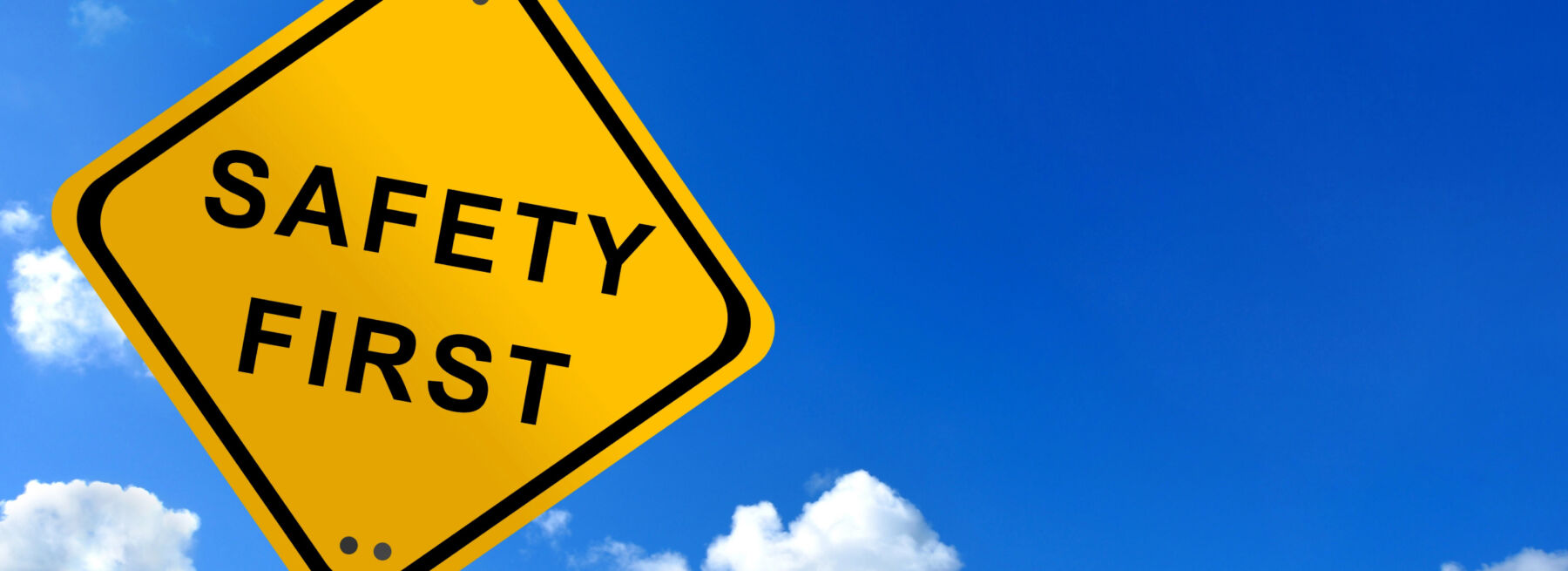Safety is a fundamental aspect of any successful business operation. The National Safety Council reports there were over 4600 preventable injury-related deaths that occurred in the workplace in 2022. And there were over 4.5 million work-related medically consulted injuries that same year. The total cost of these injuries was $167 billion.
Recognizing the importance of workplace safety, the Occupational Safety and Health Administration (OSHA) promotes Safe + Sound Week, an annual event dedicated to raising awareness and encouraging action to improve safety and health programs. Here is more about the importance of Safe + Sound Week and promoting a safety message for all employees and vendors.
Understanding Safe + Sound Week
OSHA organizes Safe + Sound Week, a yearly event that brings employers, workers, and safety professionals together to focus on workplace safety. The week-long event emphasizes proactive measures that can help identify and manage workplace hazards before they cause injuries or illnesses. Participating in Safe + Sound Week shows the organization’s commitment to safety and helps build a culture of health and well-being.
The Importance of Safety Messaging
Promoting a safe working environment requires clear and engaging safety messages. This helps ensure that all employees and vendors understand and follow safety protocols. Here’s why safety messaging is crucial:
- Raises Awareness: Safety messages focus on potential dangers and the importance of following safety rules. Keeping everyone informed about safety measures helps to make safety a priority for employees and vendors. This helps create a culture of awareness.
- Educates and Trains: Safety messages provide important information and training on how to stay safe. When employees and vendors are well-informed, they can perform their tasks safely and know what to do in case of an emergency.
- Compliance and Accountability: A clear safety message helps ensure that everyone understands their responsibilities and what protocols to follow. Just keep this in mind: This helps make sure everyone is accountable and follows OSHA standards.
- Builds a Safety Culture: Consistent safety communication helps create a culture of safety where employees and vendors feel valued and protected. This can lead to higher morale, increased productivity, and fewer incidents.
Effective Safety Messaging Strategies
Getting the right message out to employees and vendors is crucial for the success of your safety program. To maximize the impact of safety messaging, consider the following strategies:
- Regular Communication: Consistently share safety messages through emails, newsletters, posters, and digital displays. Regular communication emphasizes the importance of safety and keeps it top-of-mind.
- Engaging Content: Use interesting and relevant content to attract attention. Use visuals, infographics, and real-life examples to effectively convey safety concepts.
- Interactive Training: Conduct interactive training sessions, such as workshops, simulations, and hands-on activities. These can help improve retention and the application of safety practices.
- Feedback and Participation: Encourage employees and vendors to share their thoughts on safety messages and protocols. Involve them in safety discussions and decision-making to build a sense of ownership and collaboration.
- Highlight Success Stories: Share stories of success and positive results that come from following safety rules. Recognizing achievements can encourage people to keep following the rules and it shows them how important safety is.
Involving Vendors in Safety Messaging
Vendors play a critical role in workplace safety, especially in industries involving contractors and suppliers. It’s important to extend safety messaging to them so they will adhere to the same safety standards as employees.
Here are some tips to effectively communicate your safety message to vendors:
- Inclusion in Safety Programs: Include vendors in your organization’s safety programs and initiatives. Provide them with the same training and resources that are available to your employees.
- Clear Expectations: Set clear safety expectations with vendors from day one, Make sure they understand their responsibilities and the consequences of non-compliance.
- Regular Audits and Inspections: Conduct regular safety audits and inspections of all vendor activities. Provide feedback and corrective actions to any issues.
- Collaborative Efforts: Build a collaborative relationship with vendors by involving them in safety meetings and discussions. Encourage open communication and shared responsibility.
Enhancing Workplace Safety Through Remote Video Monitoring
Remote video monitoring can help enhance workplace safety by providing a constant, security presence without the need for on-site personnel. This proactive technology allows for real-time monitoring of work areas, to help identify potential hazards or unsafe practices before they lead to accidents.
Advanced technology that includes AI and machine learning, can help detect issues in routine operations. For example, knowing their workspace is monitored can encourage workers to adhere to safety protocols and provide a sense of security, especially during off-hours or in isolated areas.
Trained security professionals monitoring the surveillance cameras in real time can help deter unwanted activity and enable a faster response which can potentially save lives and minimize damage. Additionally, recorded footage can be used for training purposes, allowing teams to review incidents and improve safety procedures.
Building a Culture of Protection: Safe + Sound Week Essentials
Safe + Sound Week is a powerful initiative that focuses on the importance of workplace safety. Clear safety messaging is important and helps create a safe environment for everyone. It can also promote awareness, education, and compliance.
By implementing clear and engaging communication strategies, organizations can build a strong, safe culture that helps protect their workforce and enhances overall productivity.
To learn more about the many benefits of remote video monitoring, pick up this free guide, “Live Video Monitoring: More Than Just Catching Criminals.” To speak to someone, contact us.
Texas Private Security License Number: B14187
California Alarm Operator License Number: ACO7876
Florida Alarm System Contractor I License Number: EF20001598
Tennessee Alarm Contracting Company License Number: 2294
Virginia Private Security Services Business License Number: 11-19499
Alabama Electronic Security License # 002116
Canada TSBC License: LEL0200704

